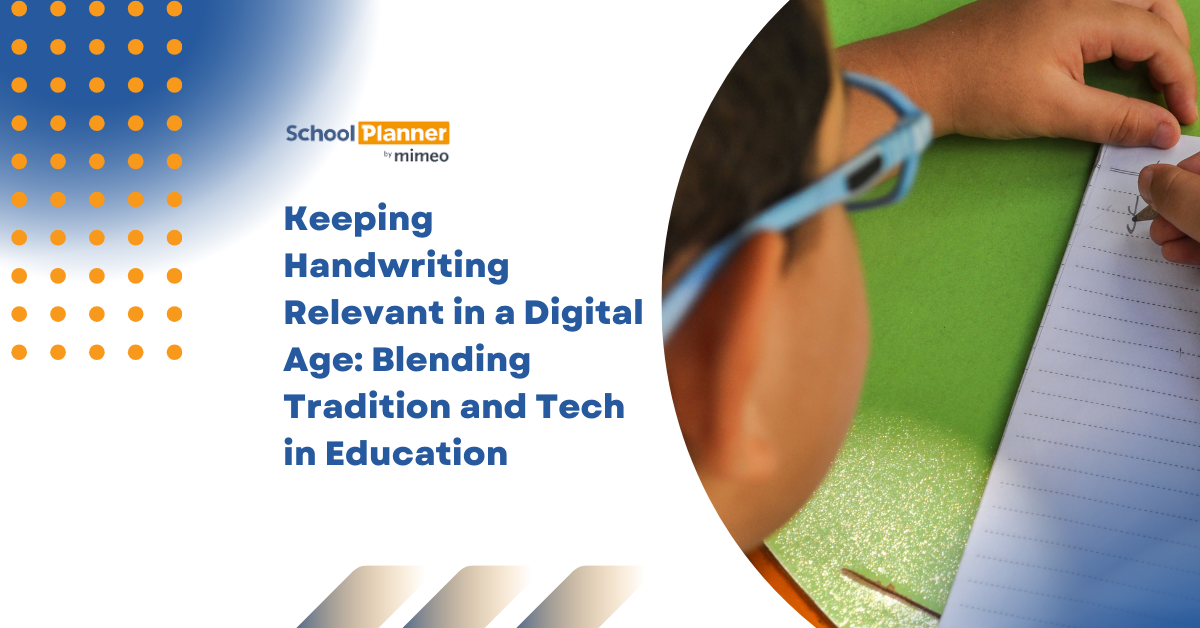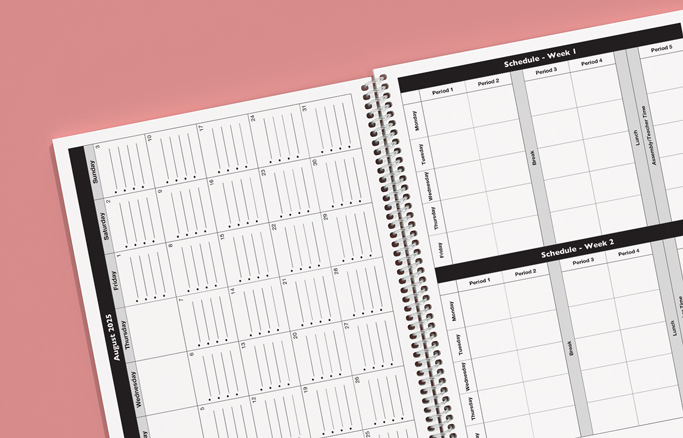What’s the importance of handwriting in a digital age? In an era dominated by screens, apps, and digital classrooms, the question arises: Does handwriting still matter?
As educators, parents, and students navigate the balance between tradition and technology, one thing remains clear: handwriting is far from obsolete. In fact, blending traditional handwriting with modern technology creates a powerful synergy that enhances learning, memory, and creativity.

Why Handwriting in a Digital Age Still Matters for Educators & Students
Research has consistently shown that handwriting in a digital age engages the brain in ways typing does not. Whether it’s the cognitive benefits of forming letters or the improved retention of hand-written notes, putting pen to paper offers developmental advantages across age groups.
Benefits of Handwriting in a Digital Age
- Improves memory retention
- Enhances fine motor skills
- Encourages deeper learning and creativity
- Supports literacy development
Brain Activation Comparison: Handwriting vs. Typing
| Cognitive Function | Handwriting | Typing |
|---|---|---|
| Memory Retention | High | Medium |
| Motor Skill Development | High | Low |
| Creativity Engagement | High | Medium |
| Speed of Note-Taking | Medium | High |
(Source: National Institutes of Health, 2023)
The Role of Technology in Learning
There’s no denying the advantages that technology brings to education. Digital platforms provide accessibility, efficiency, and engagement through videos, quizzes, interactive simulations, and real-time collaboration tools. But as schools become more digitized, it’s crucial not to lose the tactile, cognitive value of writing by hand. All of this leads us to the conclusion that handwriting in a digital age is still a vital skill for students to have.
Bridging the Gap: A Blended Approach
Educators are increasingly turning to blended learning models — combining digital tools with traditional methods like notebooks, custom school planners, and handwriting exercises.
How to Blend Handwriting and Technology
- Use digital planners with stylus input to encourage handwritten notes on tablets.
- Incorporate daily journaling or note-taking in paper planners, even in tech-forward classrooms.
- Combine written reflection with digital projects (e.g., storyboard ideas by hand before designing a slide deck).
- Encourage sketch-noting or visual mapping by hand to enhance comprehension of complex topics.
Student Performance with Blended Learning Approaches
| Learning Method | Comprehension Scores | Engagement Levels |
|---|---|---|
| Digital Only | 76% | Moderate |
| Handwriting Only | 81% | High |
| Blended Handwriting + Tech | 89% | Very High |
(Source: EdTech and Learning Behaviors Report, 2024)
Blended Handwriting Applications by Grade Level
| Grade Level | Application |
|---|---|
| Primary Grades | Handwriting workbooks used side-by-side with literacy apps |
| Middle School | Handwritten math problem-solving paired with online drills |
| High School | Handwritten essay drafts followed by editing in Google Docs |
| College & Prep | Printed lab notebooks used alongside digital simulation tools |
Teachers across grade levels are finding creative ways to bring handwriting back:
- Primary Grades: Use handwriting workbooks side-by-side with literacy apps.
- Middle School: Encourage handwritten math problem-solving alongside online drills.
- High School: Blend handwritten essays drafts with Google Docs editing workflows.
- College & Prep Programs: Mix printed lab notebooks with digital simulation tools.

What Schools Can Do to Encourage Handwriting in a Digital Age
Provide students with custom planners designed to integrate written goal-setting, reflection, and planning with QR codes linking to digital resources. Train teachers on hybrid instructional methods that value analog skills. Balance device use with time for screen-free, paper-based learning.
What Schools Can Do to Support Blended Handwriting
| Strategy | Description |
|---|---|
| Custom Planners | Integrate written goal-setting, reflection, and planning with QR code links |
| Teacher Training | Provide professional development on hybrid teaching methods |
| Balanced Screen-Free Time | Allocate time for paper-based learning to complement digital instruction |
Frequently Asked Questions
📌 Why should we prioritize handwriting in a tech-savvy world?
Handwriting in a digital age helps students develop new neural pathways related to memory, motor control, and comprehension that typing does not fully engage. These benefits are foundational for learning, especially in early education.
📌 Can handwriting really help students learn better?
Yes, it can! Numerous studies show that handwriting in a digital age improves information retention and helps students synthesize and analyze content more effectively than typing alone.
📌 How can teachers practically blend handwriting with digital learning?
Start small — ask students to brainstorm or sketch on paper before building digital presentations. Use paper planners alongside apps like Google Classroom. Encourage students to handwrite daily reflections.
📌 Are there tools that support handwriting on digital devices?
Absolutely. Tools like the Apple Pencil, Microsoft Surface Pen, and apps like GoodNotes and Notability allow handwriting input on digital platforms, merging tradition with tech.
📌 What about students with learning differences?
Many students with dyslexia or ADHD benefit from handwriting because it slows down the processing pace, allowing more cognitive engagement. That said, blended accommodations — combining dictation tools with handwriting options — can be most effective.
Handwriting in a Digital Age: Final Thoughts
Keeping handwriting relevant isn’t about rejecting digital innovation — it’s about leveraging the strengths of both worlds. When students write by hand, they think deeply. When they use technology, they gain access to the world. Together, these tools create a more complete, dynamic, and effective learning experience.